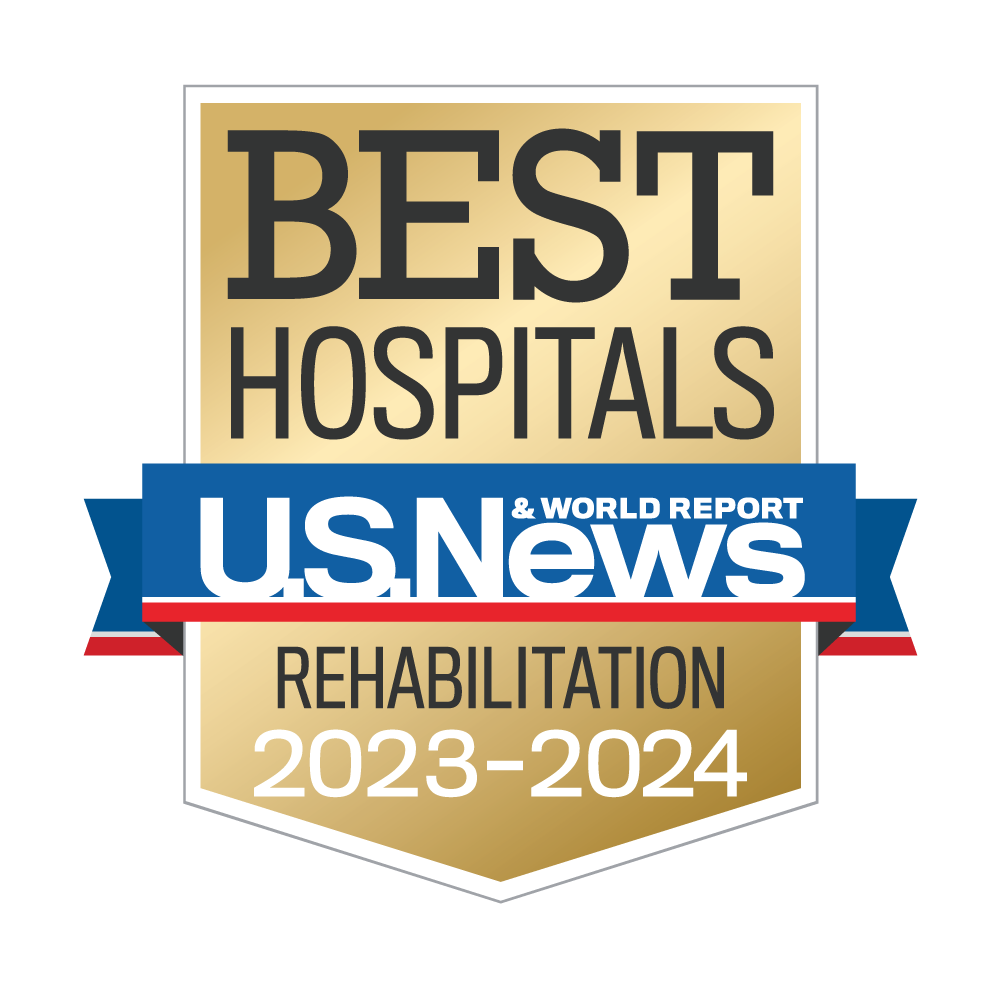In keeping with the University of Michigan’s reputation as a leading academic institution, the PM&R Resident Research Program is designed to be productive and rewarding for residents with all levels of prior research experience. Prospective residents will find the program flexible and supportive with expert faculty willing to tailor the experience to their unique interests and prior research experience.
Resident Peer-Reviewed Publications
2024
2023
2022
2021
2020
2019
2018
2017
2016
2015
2013
Strengths and Features

Dual Mentorship: residents work closely with both Clinical Faculty Mentors and Research Faculty Mentors. Dual Mentorship ensures that resident research is patient-centered, methodologically sound and ready to bridge the gap from bench to bedside.
Institutional Resources: here at U of M, residents have access to powerful institutional resources, including data analytics, as well as personnel and funding to help them access data, implement research and facilitate interdisciplinary collaboration.
Presentations: residents have the opportunity to present their projects at our annual Theodore Cole Resident Research Day-- and are encouraged to submit abstracts to national conferences, including AAPM&R.
Protected Time: six weeks of research are provided so that residents may focus on completing their projects away from clinical duties. These six weeks can be carved from select rotations to enable research time at the point in a project's trajectory where it would be most useful.
Departmental Research Context & History: residents work with and have access to faculty who pursue research and academic work across the range of PM&R. Our annual departmental James Rae Scientific Day features departmental research and visiting guest speaker each fall.
Leadership Opportunity: The position of Resident Research Lead is awarded annually to a senior resident who has demonstrated a special commitment to advancing the culture of resident research at U of M PM&R. The Resident Research Lead works closely with co-residents and faculty to ensure program quality, provides peer-mentoring to underclassmen and presents at least one research-based lecture during senior year.
- Current Resident Research Lead (2023-24): Drs. Nicholas Stoyles and Jonathan Heyl
- Past Resident Research Leads: Trent Hall, DO (2018-2019), Brendan McNeish, MD & Stephan Pirnie, MD, PhD (2019-2020). Stephan Pirnie, MD, PhD (2020-2021), Krishna Sarma, MD, PhD (2021-23)


